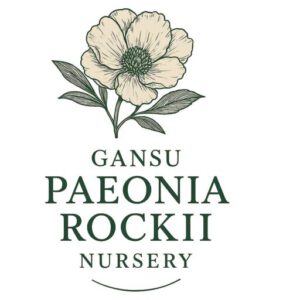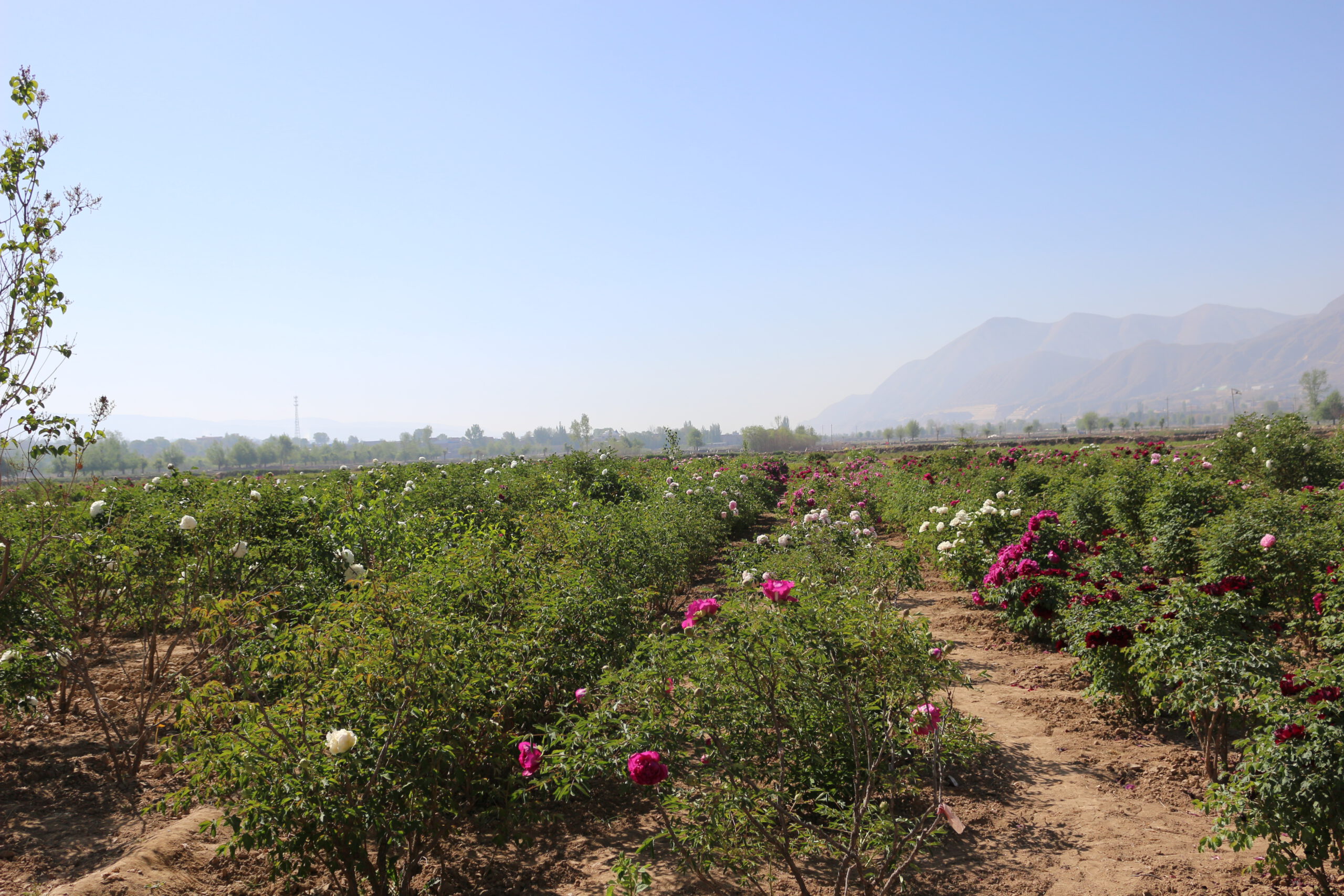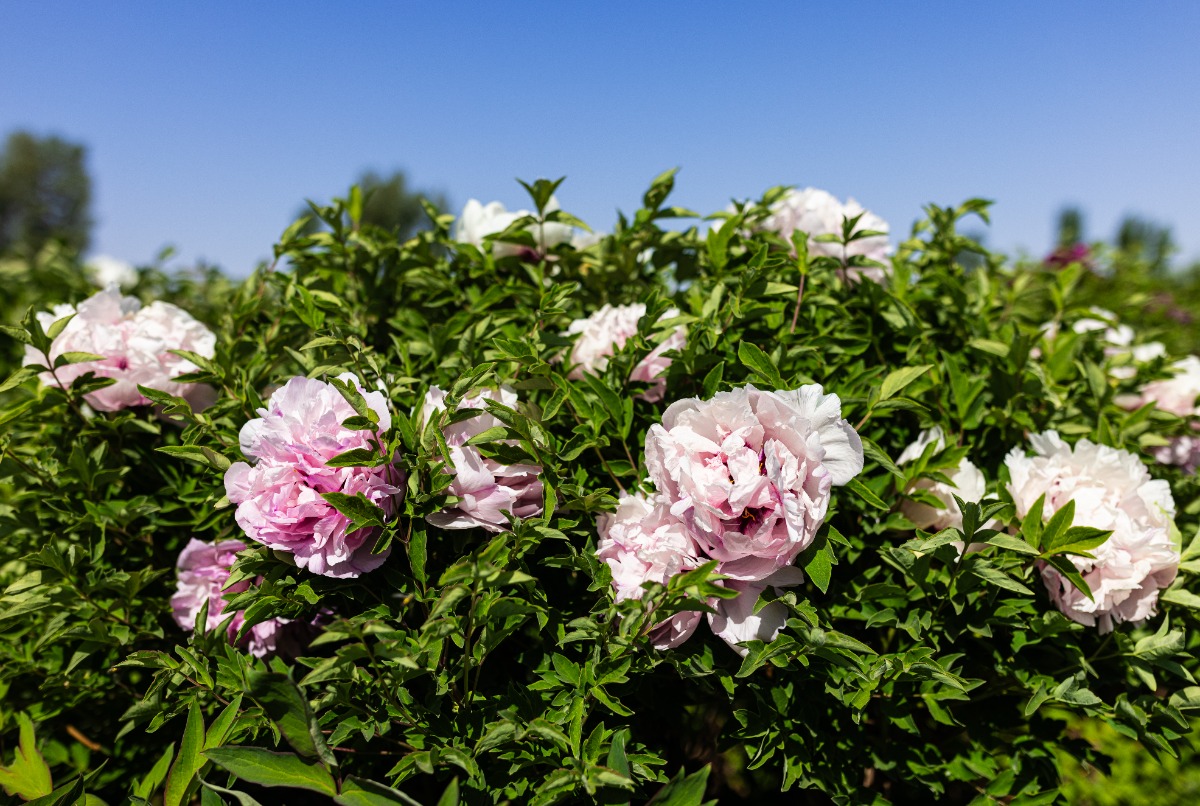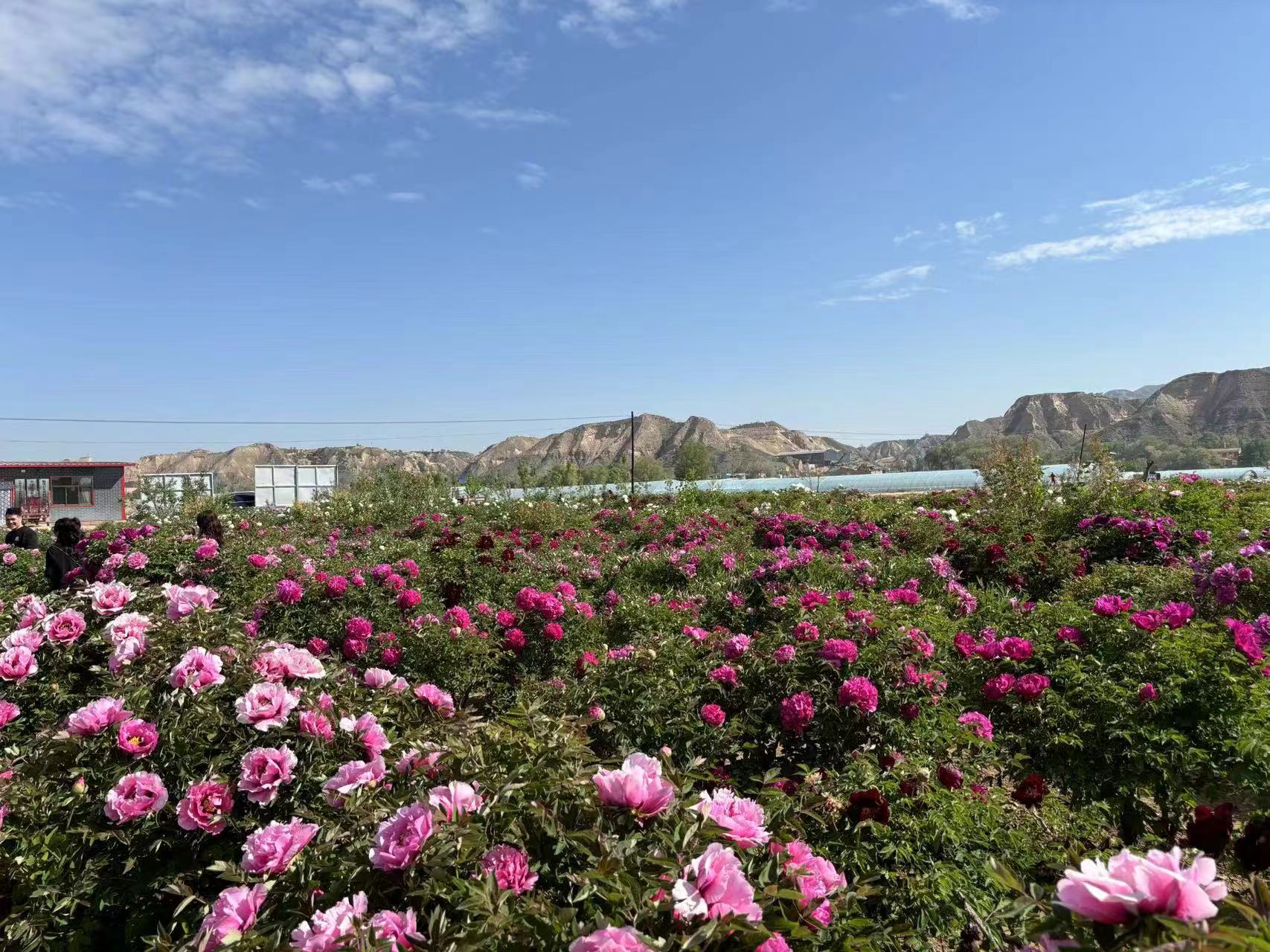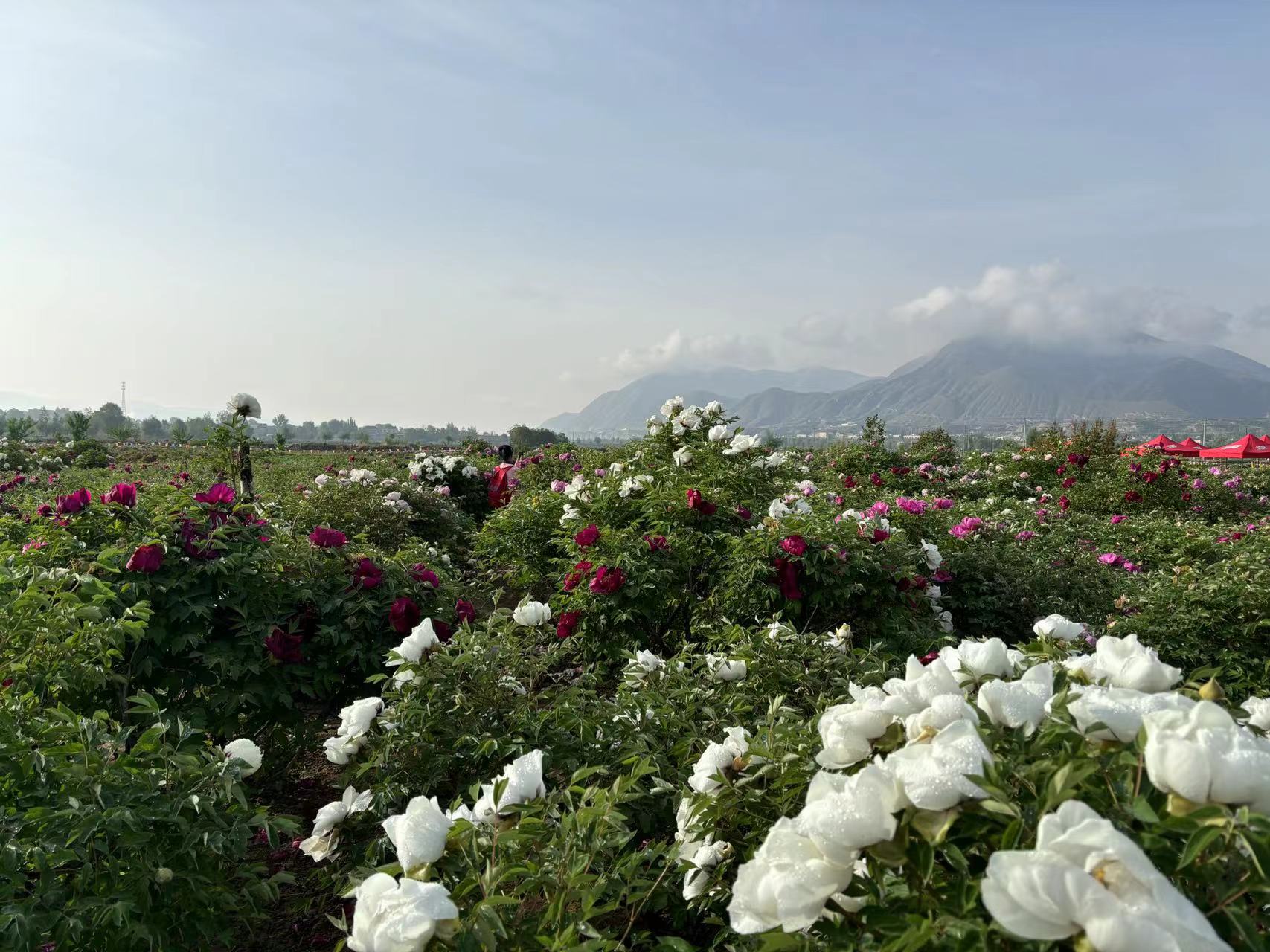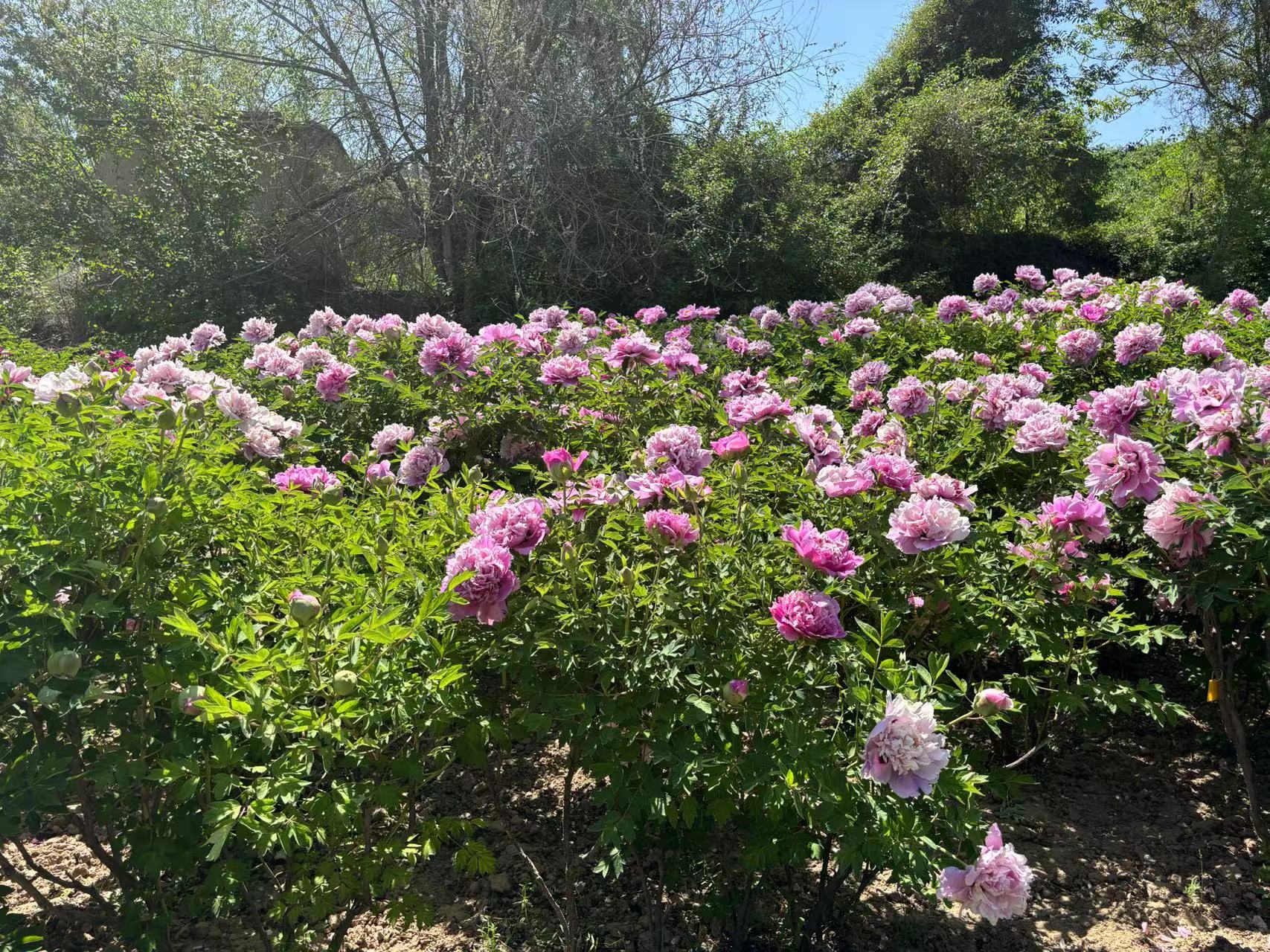Autumn is the prime time for planting rockii tree peonies! During this time, the soil temperature is ideal, and the paeonia rockii seedlings enter a dormant or semi-dormant state. Transplanting minimizes root damage, and after a winter of rest and root recovery, they are well-positioned to sprout and grow the following spring. Here are the key steps to successfully planting Paeonia rockii in autumn:
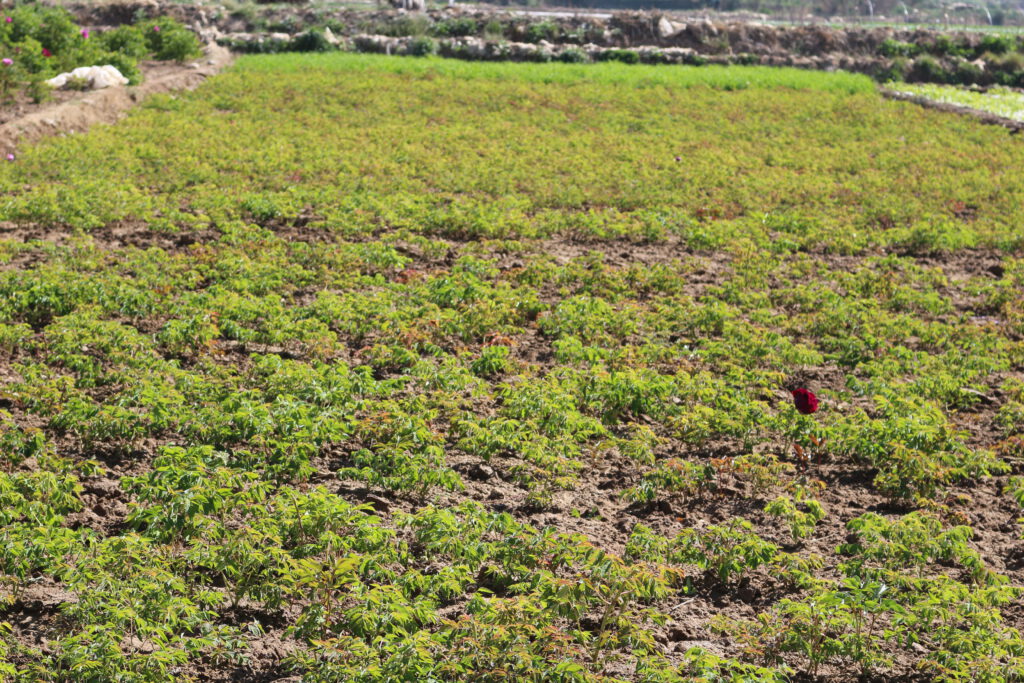
- Optimal Planting Time
- Key: Plant before the soil freezes to allow the roots ample time to acclimate and grow.
- Specific planting time: Generally, from mid-to-late September to early November, depending on your climate.
- Site Selection and Soil Preparation
- Light: Paeonia rockii prefer sunlight. Choose a location with at least six hours of direct sunlight daily, preferably in the morning. Insufficient sunlight will result in weak growth, few flowers, or even no flowers at all.
- Drainage: They are extremely sensitive to waterlogging! Choose a high, dry site with excellent drainage. Low-lying areas prone to waterlogging are absolutely not suitable. 3. Soil:
Ideal soil: Loose, fertile, deep, neutral to slightly alkaline (pH 6.5-7.5) sandy loam or loam is best.
III. Seedling Selection and Treatment - Seedling Selection: Select healthy seedlings with well-developed root systems, strong branches (at least 2-3 branches), plump buds, and no pests or diseases. Ideally, choose 3-4 year old divisions or grafted seedlings (with well-healed grafts).
- Treatment:
Pruning: Before planting, appropriately trim any overgrown, broken, or diseased roots, retaining strong taproots and lateral roots. Prune away dead, weak, and diseased branches, retaining healthy branches (usually 3-5 main branches, each with 1-2 plump terminal buds, to avoid excessive nutrient consumption). Disinfection: Soak the pruned roots in a 1000x solution of carbendazim or thiophanate-methyl for 15-30 minutes to sterilize them. Remove and allow to dry slightly.
2. Planting Steps (Critical!)
- Digging the Hole: Dig a hole large enough and deep enough. A depth and diameter of at least 60 cm are recommended. The hole should be large enough to comfortably accommodate all roots, with enough space at the root-to-stem junction to be buried at the correct depth.
- Placing the Seedlings:
Place the prepared tree peony seedlings vertically in the hole, allowing the roots to naturally spread out over the mound of soil. Avoid curling or root nesting.
◦ Critical Depth: This is crucial for success! After placing the Paeonia suffruticosa seedlings, adjust the depth so that the root-to-stem junction (root collar) is approximately 3-5 cm below the final surface.
- Backfilling the Soil:
◦ While holding the seedling upright with one hand, gradually add the prepared soil to the hole. After filling each layer of soil, gently lift the seedling to allow the soil to naturally fall into the root gaps. At the same time, gently compact the soil with your hands or feet to ensure that the roots are firmly in contact with the soil, leaving no large gaps. Important: Use gentle compaction, not heavy footing, to avoid breaking the roots. - Watering:
Use the remaining soil to create a ridge around the planting hole to form a watering ring.
Water thoroughly to establish the roots: This is an extremely important step! Water slowly, fully, and thoroughly until the water has completely penetrated and no water accumulates in the hole. This helps settle the soil, further eliminates air pockets, and allows the roots to firmly connect with the soil. If the soil sinks significantly after a single watering, exposing the root collar, top up the soil to the correct depth promptly.
3. Initial Post-Planting Management
- Watering: After watering thoroughly to establish the roots in the fall, if there has been little rain and the soil is dry, water again one or two times before freezing to ensure the soil has sufficient moisture to survive the winter. Remember: Peonies are sensitive to waterlogging and prefer dryness to wetness. Additional watering is generally not required during the winter dormancy period.
- Fertilization: Base fertilizer (well-rotted organic fertilizer) has already been applied to the backfill soil during autumn planting. No additional fertilization is required in the autumn of the planting year. Avoid using fast-acting chemical fertilizers, as they may stimulate new shoot growth and hinder winter survival. Fertilization should primarily be done during the spring growing season and after flowering.
- Avoid disturbance: Do not disturb the plant from planting until budding in the spring of the following year.
VI. Mistakes to Avoid
- Planting too deep or too shallow: Root collar depth is crucial to success; it must be strictly controlled to 3-5 cm below the surface.
- Waterlogging: A key goal of site selection and soil improvement is to ensure drainage. Any waterlogging can lead to root rot and death.
- Using uncomposted fertilizer: Uncomposted organic fertilizer can ferment and burn the roots; fully composted fertilizer is essential.
By following the steps above, your paeonia rockii will be well-placed in the fall, laying a solid foundation for blooming beautiful flowers next spring!
